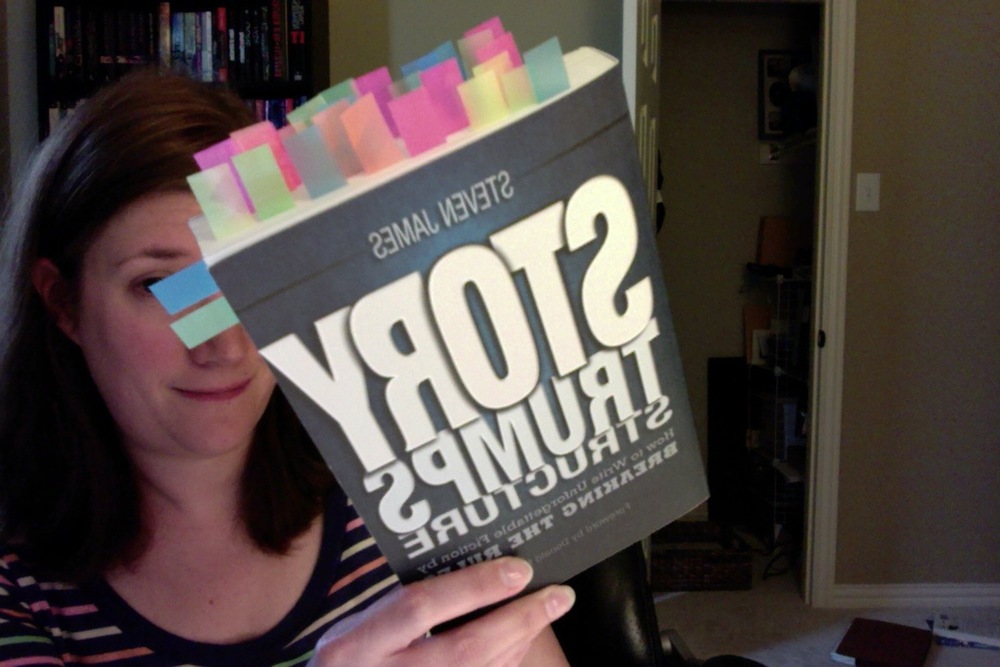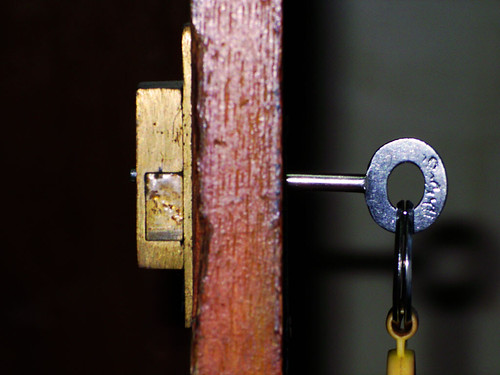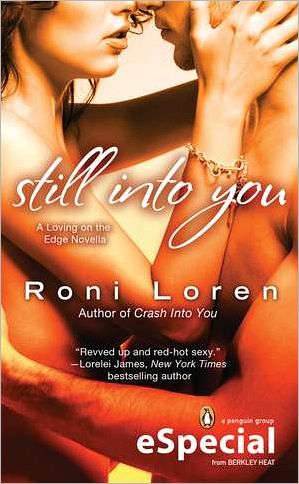ATTENTION WRITERS & ASPIRING WRITERS
If you’ve followed me for a while, you might know that I started off in this bloggy world with a website for writers called Fiction Groupie. Once I landed a book deal and was published, I had to switch things up and didn’t have the time to maintain that website. But I’ve never lost my love for teaching and sharing what I’ve learned with other writers.
In the past few years, I’ve given many in-person workshops throughout the country and have truly enjoyed that experience. I can’t do it as much as I would like because travel is tough, especially when you have a kiddo, and the majority of my time has to be spent on writing my books. However, with all the new platforms for presenting classes online, I realized that I could provide these classes without having to leave the house (introvert dream, yes?). So, in 2019, I plan to launch Rock that Romance Novel classes that you can take from the comfort of your very own home.
I don’t have all the details to give you yet because right now I have to focus on finishing book 4 in The Ones Who Got Away series and need to hammer out a few more things, but my goal is to launch the first class in Spring 2019. My plan is to offer classes for new and aspiring writers and also some for the more experienced writers who want to amp up their writing skills. Classes will mostly focus on the craft of writing, but there may be occasional classes about other writing-related topics (focus, organizing, etc.) if there’s interest.
So, if you’re interested in being the first to know about the classes and to have the chance at beta prices (AKA discounted) for the initial classes, sign up for the mailing list below.
Here’s the official pitch in which I talk about myself in third person. :-p
Sign up for updates about the launch of Rock That Romance Novel classes
Ready to take the leap and learn how to write that novel you've always wanted to write "someday"? Or maybe you're already writing but you want to raise the bar from "good enough" to "top shelf" writing and need to hone your craft. Either way, New York Times bestselling and two-time RITA-award winning romance author Roni Loren is here to help you get there. This email list is for those who are interested in hearing about Roni's online writing workshops when they launch (tentative launch date: spring 2019). In the future, this list also may include newsletters about helpful writing tips and topics.
*This is separate from Roni's newsletter for readers.








